Shipping Code Isn't the Same as Releasing Features

In software, everyone loves to say "We've shipped!" but what does that actually mean?
Ask a developer, shipping usually means merging a pull request, deploying to production, or watching that CI/CD pipeline turn green. Ask a product manager and you'll get a different answer - it's the moment users actually experience a new capability and get value from it.
Both are right. They're just not talking about the same thing.
Developers Ship Code
For developers, shipping is technical. It's about safely and efficiently moving code from a local environment into users' hands without breaking anything.
Shipping code involves writing and testing a new component or API, pushing it through continuous integration, deploying it to staging, QA, UAT and then production, and ensuring the system runs smoothly.
It's a craft built on automation, version control, and deployment pipelines. When developers ship code, they're unlocking potential. The feature exists (hidden behind a flag, sitting dormant in the backend, or quietly refactoring how data flows), but from a user's point of view, nothing has changed yet.
Put simply:
Developers ship potential
Product Managers Release Features
Product managers release features, and that's an entirely different milestone.
A feature release is more than just code running in production. It's about communicating the change to users, updating documentation and onboarding flows, coordinating marketing, support, and success teams, and then measuring adoption and impact.
Releasing a feature is about delivering value, not just code. It's when the potential developers shipped becomes visible, useful, and measurable.
Product Managers release outcomes
Why the Distinction Matters
Modern teams blur these lines constantly, which is healthy. But understanding the distinction helps align everyone around what "done" means.
A developer's definition of done: "The code works and is live."
A product manager's definition of done: "Users are benefiting from it."
Both are essential. Without developers shipping code, there's nothing to release. Without PMs releasing features, that code never reaches its purpose.
The Bridge: Feature Flags, Progressive Rollouts, and Data
The best teams bridge the gap with tools and culture that connect both sides. Feature flags let developers ship safely while PMs control timing. Progressive rollouts let teams test value with small groups before a full release. Data and analytics help PMs understand if what's released actually works.
In this setup, developers can ship early and often whilst PMs release deliberately and confidently.
The Mindset Shift
Shipping code is about execution. Releasing features is about impact.
When teams start thinking this way, they move faster -not because they're cutting corners, but because they separate deployment from delivery. They stop treating a merge as the finish line and start seeing it as the starting gun for creating value.
I'm curious, how do you see the distinction and manage the difference between code and feature releases? Would you like to know more about working with feature flags?
